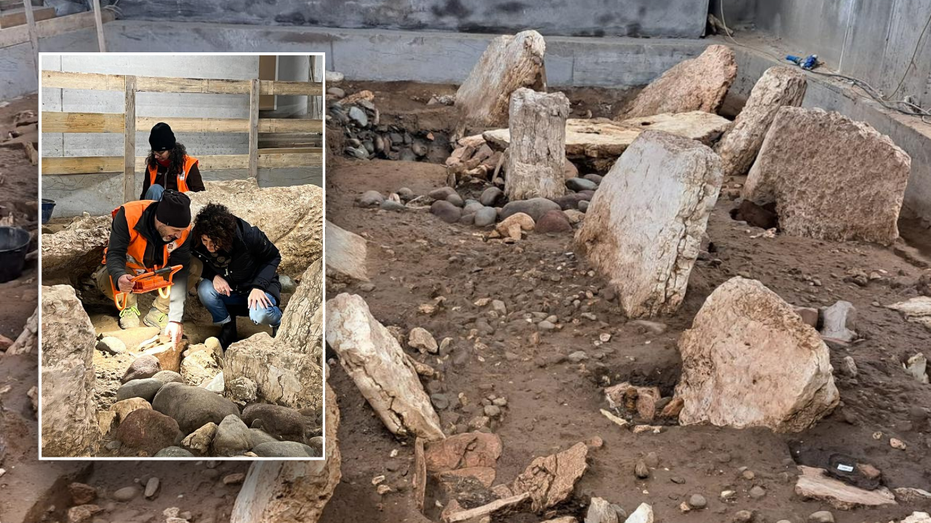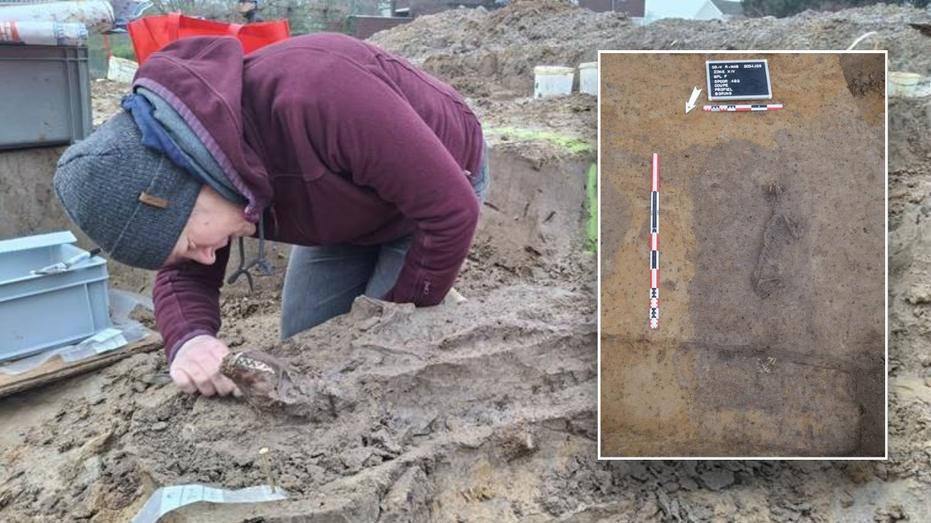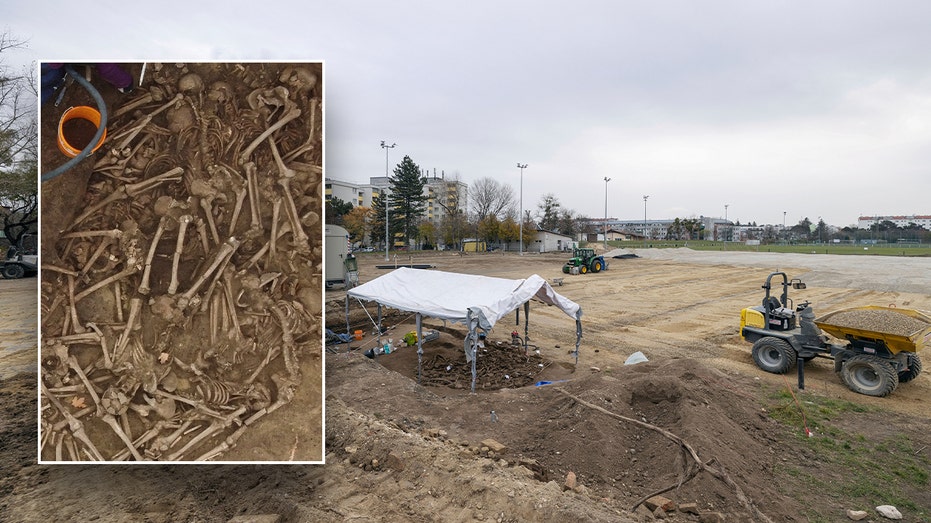- by foxnews
- 08 Apr 2025
Archaeologists uncover ancient 'city of the dead' in Italy: 'Perfectly preserved'
Officials from the Italian province of Trentino announced the recent discovery of a "monumental necropolis" from the Iron Age, dating back over 3,000 years.

Archaeologists recently discovered an ancient "city of the dead" in Italy, dating back nearly 3,000 years.
Trento sits on the Adige River in northern Italy, near the Italian Alps. The necropolis was developed at a time when "a wide bed of the Fersina stream [basin] crossed by a network of torrential canals that intertwined with each other, separated by temporary sandy or gravelly bars," the release, translated from Italian to English, described.
"The funerary context was likely situated between two channels that could be activated in the event of flooding," the translated statement explained. "The flooding episodes, which began during the phases of the necropolis's use, sealed the ancient archaeological stratification, allowing for the exceptional preservation of the funerary context."
Various floods deposited soil that allowed the necropolis to survive over the centuries. Officials say that the site has been "perfectly preserved" thanks to the floods.
"This circumstance has made it possible to document in detail the usage plans of the necropolis and to accurately reconstruct the funerary practices of the community that occupied this area during the early Iron Age," the statement read.
Researchers say that a main characteristic of the necropolis are its multiple funerary steels, which were stone slabs used in the ancient world as monuments. The steles were placed vertically as markers, and "organized in subparallel rows with a main north-south orientation," according to the statement.
"Each stele marks the western boundary of the main tomb, which is a stone casket covered by a tumulus [mound] structure, around which a dense concentration of satellite tombs developed over time," the press release described.
Excavators also found "cremation soil" and calcined bones, which were "within containers made of perishable materials" that may have once been wooden caskets.
"It is hypothesized that the burnt remains, often placed above the personal grave goods, were wrapped in a fabric, of which fibers have been preserved in some cases, closed with the help of pins or fibulae [brooches]," the statement read. "In some tombs, the shape of the accumulation suggests the presence of quadrangular wooden caskets."
"The funerary goods uncovered are particularly rich and serve as indicators to define the identity, roles, and functions of the social group to which they belonged."
Officials said that the discovery "will allow us to rewrite the history of the city," and are already grappling with the historical questions the discoveries pose.
"[This] raises complex and complex problems regarding the methods of self-representation in the funerary context of the social group to which, at the moment, the settlement context remains unknown."
- by foxnews
- descember 09, 2016
Ancient settlement reveals remains of 1,800-year-old dog, baffling experts: 'Preserved quite well'
Archaeologists have recently unearthed the remarkably well-preserved remains of a dog from ancient Rome, shedding light on the widespread practice of ritual sacrifice in antiquity.
read more




